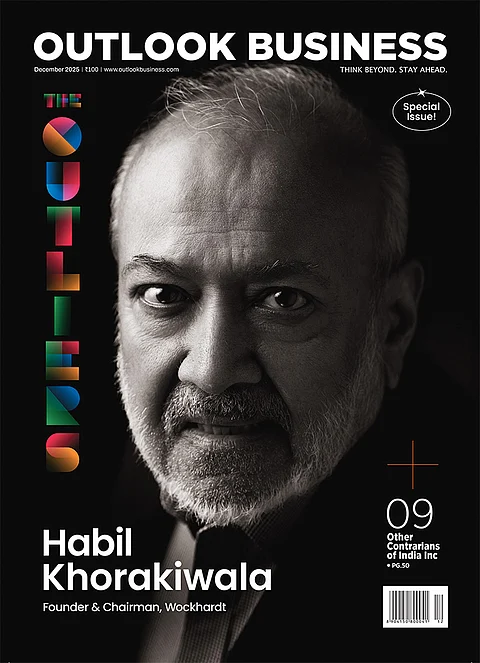Most people, including myself, were taken by surprise by the very sharp acceleration from an average annual rate of growth from about 5.5% till 2003 to 8.9% from 2003 to 2008. Let’s not forget that while India was growing at 8.9% a year, the global economy was also in what was perhaps its best phase for a long time. India may not be the most integrated economy but over the last decade its level of integration with the global economy in terms of both trade and finance has increased dramatically.
Against that backdrop, let me look at three very clear stress points. One is food inflation. We have moved from a period where rice and wheat used to be the key determinant of food inflation to a period where other food products, particularly protein, milk and vegetables, have become very significant contributors to food inflation. How do we deal with this? The second is the very dramatic reversal of the fiscal situation from a fiscal deficit of 2.5% of GDP in 2008 to close to 6%. In contrast to the favourable shift towards capital spending this has come entirely on the back of spending towards consumption, that is, subsidies. So in effect the government is spending more money but less of it on asset formation. That is a very significant challenge towards sustaining the growth process.
The third is the balance of payments (BoP). From 2003 to 2008, we moved to a BoP surplus of somewhat over 1% of GDP. We are now in a situation where the current account deficit has grown to over 4% of GDP and capital flows, given the overall global macroeconomic context, are both smaller and more variable in nature. It’s in the context, of these three stress points that the choice between growth and inflation has to be made.
There are a number of elements that go into this choice. One is a realistic estimate of what the economy is capable of growing at without stoking inflation pressure. The RBI has said somewhere around 7.5%, given all the things that are happening globally. Whatever the number may be, I think the general agreement is that right now if you are growing at 5% on a quarterly basis, there is an output gap. Our actual rate of growth is lower than the potential rate of growth. That by itself provides some prospect for the inflation pressure easing.
So are we seeing inflation going down as sharply as we expect it? No. The inflation adjustment has not been as sharp as expected. The one important factor contributing to that is how the rupee has performed over the past one year. It has shown signs of stabilising over the past few weeks on the back of announcements by the government.
The second concept that we work with is the so-called threshold rate of inflation, which is some level of judgement about the cap below which inflation needs to be to prevent a spiralling effect. Many people will argue that we should not be responding to what are clearly supply-side pressures, particularly not with monetary actions. That is a legitimate argument. But we also have to be concerned with how rising prices leap through into expectations and the entrenchment of expectations then tends to lead to levels of inflation that become uncomfortably high and sooner or later start to impact adversely on growth. That really has been at the bottom of our thinking in terms of balancing the need to contain inflation within limits and our guidance on that is 5.5% headline and 4.5% core.
To know what transpired at the India Investment Forum 2012, click here
To read an excerpt from Ruchir Sharma's address at the India Investment Forum 2012 click here











